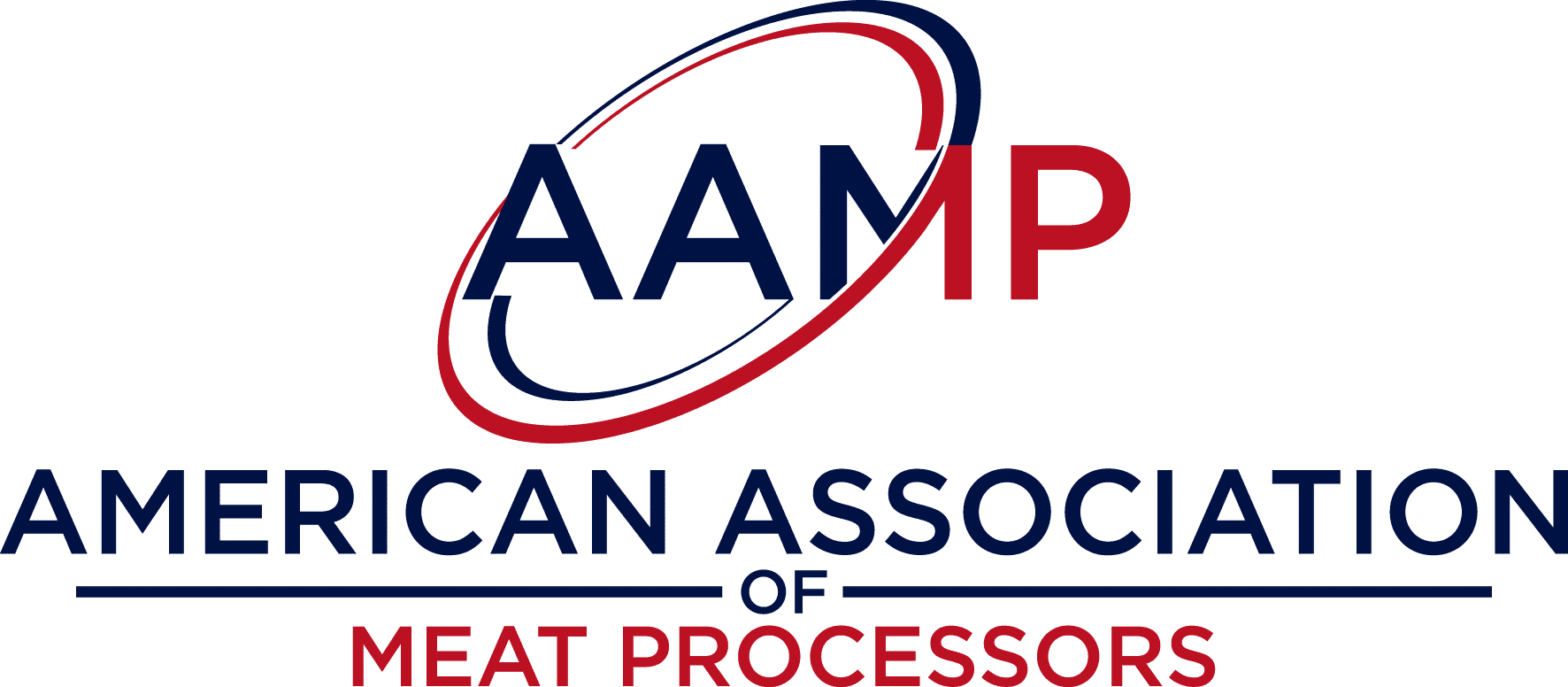
AAMP
Worker well-being
In the past two and a half years, people in the workforce have to deal with higher levels of stress, anxiety and pressure. Cutting down on workplace hazards and providing a more favorable working environment is incredibly important to not only maintain employee safety but to maintain employee retention as well. It’s important to note that “worker safety” means more than preventing machine-related injuries. Processing facility owners and managers should make every environment to maintain a good worker environment.
Slaughter and processing facilities are not only responsible for providing safe, clean food, they are also responsible for providing a safe environment for their workers. Some topics of workplace safety may be general overall safety (typical of any business), confined space controls, electrical and chemical controls, or ergonomic requirements to reduce musculoskeletal disorders from work.
As face masks related to the COVID-19 pandemic get thrown aside, it is encouraged for processors, facility owners, and employees to look at each aspect of each job activity within a processing facility or slaughterhouse. If employees are in higher risk areas for biologic hazards to workers (MRSA, Brucella, etc.), it may be in their best interest that you still require facemasks at certain positions in the building.
It is also recommended that processors take a second look at the noise in their plants, and supply ear protection if needed. Equipment (especially older equipment) can give off loud noises while in operation. Even noise that doesn’t seem “too loud” at a particular moment may cause hearing loss over time. Equipment may be able to have the sound-producing areas enclosed or isolated to the point sound will not travel as far. One other option is move louder pieces of equipment even a few feet away from where most workers are (of course this would be specific to smaller pieces of equipment – bandsaws, generators, etc.). Floor space is invaluable during processing — but so is hearing.
Additionally, facility-provided footwear is another option to maintain worker safety as well as comfort. Standing on concrete all day in footwear that does not support your body ergonomically results in a lot of back ache for the employee. I remember working in a meat plant where the facility provided work boots that were like “walking on a cloud.” The work boots made all the difference in the world by the end of the day and promoted less trips to the chiropractor for me.
Another topic to discuss within the realm of workplace safety is how the workplace affects your attitude. If an employee is standing in the colder environments on a daily basis without comfortable, warm equipment, employees tend to become frustrated and angry. This in turn leads to a lack of accountability, and potential workplace safety concerns may occur when the employees do not care enough to complete tasks safely, if there are faster options.
The Occupational Safety and Health Administration is responsible for ensuring that businesses provide safe working environments for their employees. In turn, business owners are then responsible for ensuring that the guidelines and rules are implemented successfully in their facility. Meat processing is an industry with a very different environment than other businesses out there. Making that environment as comfortable as possible will keep your employees safer — and happier.
an important part of worker safety
By Abbey Davidson
